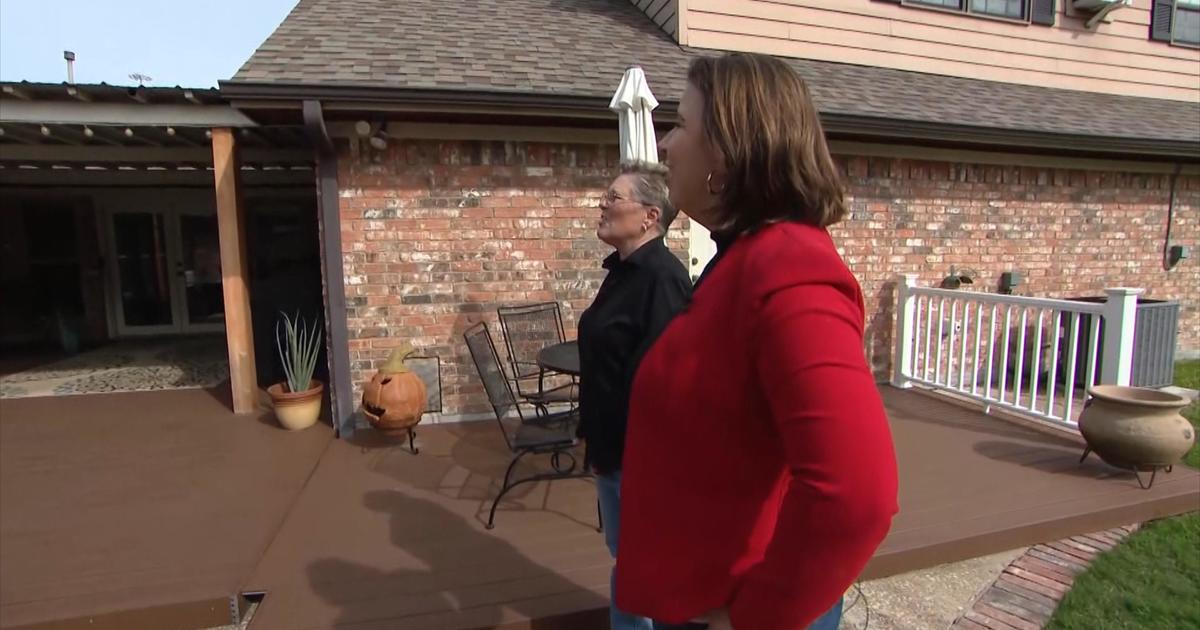Calculating The Real Student Cost For A College Degree
NORTH TEXAS (CBS 11 NEWS) - Joanne Pierre-Louie was thrilled to become the first in her family to graduate college. But, the American born daughter of Haitian immigrants was so focused on finishing -- that she neglected to calculate the real cost of a degree at the school of her dreams: Ohio State.
"I was just trying to get through school-- graduate, get my degree and get a wonderful job," says the 26-year-old. And although all of that happened, "It's not adding up, it's not working out the way I planned."
Looking back, Pierre-Louie said she wishes she'd known more about the impact of compounding interest, variable rates, the unfamiliar terms-- and how quickly the tuition costs added up. "For one year, it's about $43,000, so over four years, do the math, it's about $175,000 for four years of school. It's absolutely ridiculous. Absolutely absurd."
By her own admission, Pierre-Louie didn't keep tabs on her mounting student loan debt-- until it was too late. "I wake up every morning with over $100,000 in student loan debt, it's scary." And it's a scenario that's becoming increasingly common.
"Over the last five years, student debt has literally exploded" said Bernard Weinstein, Ph.D., an economist at Southern Methodist University's Cox School of Business.
According to the Consumer Financial Protection Bureau, outstanding student loan debt has topped the trillion dollar mark. Simple explanations include rising tuition costs and college enrollments that according to the Federal Reserve, jumped 21-percent in the past five years.
"During the great recession, lot of people went back to school because they were out of work," says Weinstein,"and they took out loans, and they figured by this time they would have had a job and it would be easy to pay off those students loans, but that's not the case."
According to Weinstein, a trillion dollars of student debt is, "very, very significant, because what's the collateral behind that debt? Well, the collateral is the earning power of the students who have taken out those loans, and with persistently high unemployment, and very soft job market, it's becoming more and more difficult for students to repay their debts."
Sixteen-percent of all student loans overall are reportedly now in default -- with that figure nearly double that at many private, for-profit schools.
The rapid increase in unsecured student loans has prompted some economists to wonder if the mounting debt will be the next 'bubble,' that could bring down the economy. While only time will tell, in the here and now, millions of borrowers, like Pierre-Louie, are struggling to repay those loans: and that means less fuel for an economy that runs on consumer spending.
"There are some months where I'll pay my student loans and I'll have to call my parents to say `can you put $100 in my bank account so I can put gas in my car and buy food?'" Pierre-Louie says every purchase is scrutinized and she often feels as though she is simply working to pay her student loans. But for her walking away is not an option.
"If I were to walk away from my student loan debt, they would garnish my wages, they would garnish my parent's social security... there's no option out, there's no way out."
Pierre-Louie's student loans totaled some $140,000. But, because the loans were with private lenders, there's no deferment, no consolidation, just pinching every penny to make those payments, leaving her feeling trapped. "It's scary, like there are days where, like, all you can do is just sit there and cry."
Also Check Out:



